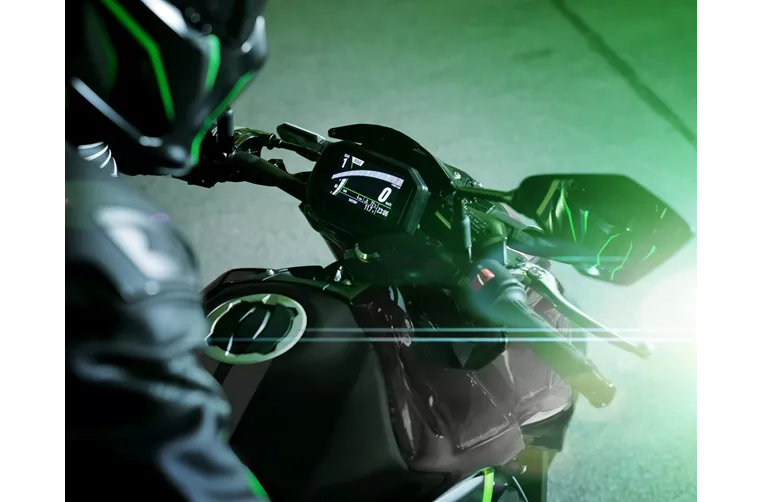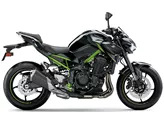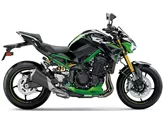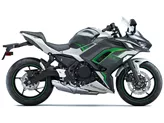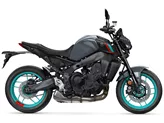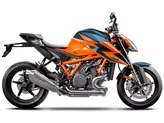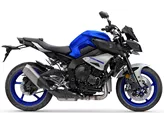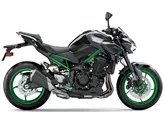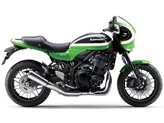Kawasaki Z900 2023 vs. Kawasaki Z1000 R 2017
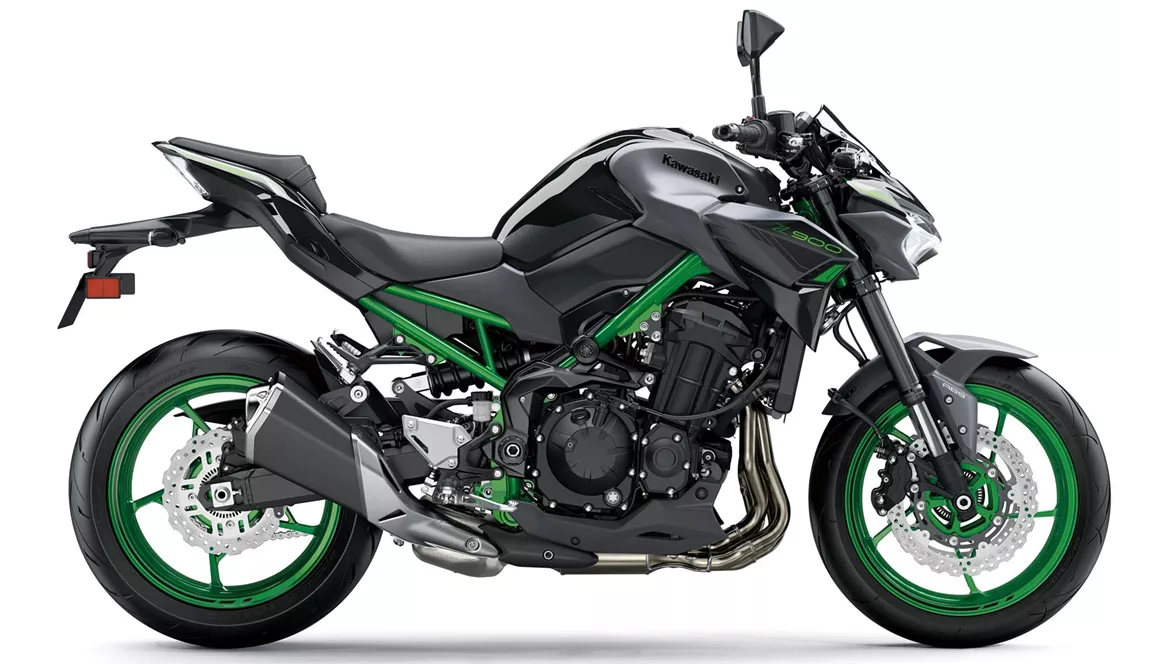
Kawasaki Z900 2023

Kawasaki Z1000 R 2017
Overview - Kawasaki Z900 2023 vs Kawasaki Z1000 R 2017
The Kawasaki Z900 2023 and the Kawasaki Z1000 R 2017 are both naked bikes with similar engine types, fuel systems, and cooling systems. However, there are several key differences between the two models.
In terms of engine power, the Kawasaki Z1000 R 2017 has a higher horsepower of 142 HP compared to the Kawasaki Z900 2023, which has 125 HP. The Z1000 R also has a higher torque of 111 Nm compared to the Z900's torque of 98.6 Nm. This means that the Z1000 R offers more power and acceleration, making it a more thrilling ride.
Both bikes have four cylinders and a liquid cooling system, ensuring optimal engine performance and temperature control. The Z900 has a displacement of 948 ccm, while the Z1000 R has a larger displacement of 1043 ccm, indicating that the Z1000 R has a bigger and potentially more powerful engine.
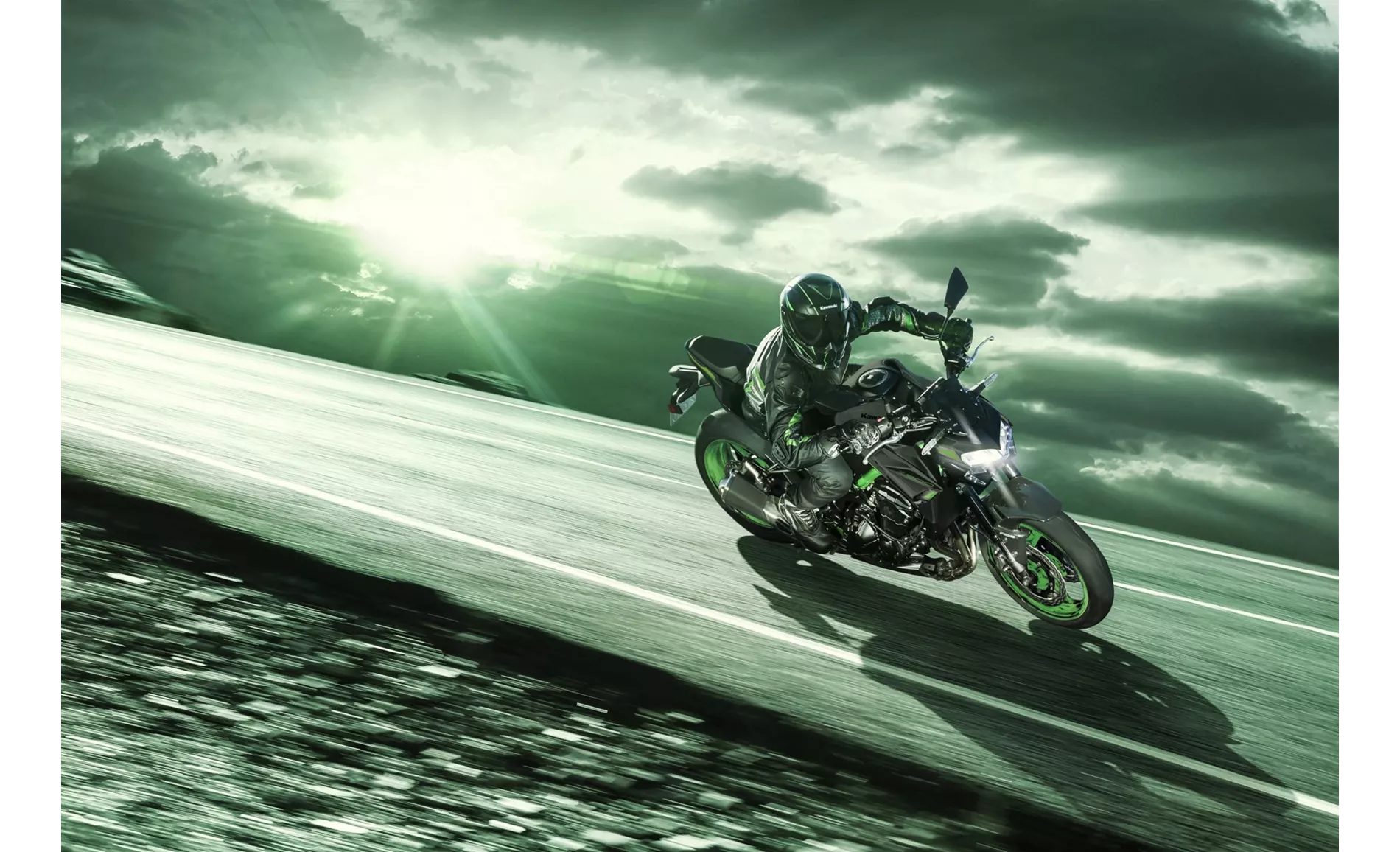
Kawasaki Z900 2023
In terms of suspension, both bikes feature upside-down telescopic forks at the front and swing arm suspension at the rear. However, the Z1000 R offers more adjustability with compression, preload, and rebound adjustments for both the front and rear suspension. The Z900 only has preload and rebound adjustments. Additionally, the Z1000 R has an aluminum rear shock absorber, which may provide better performance and durability compared to the Z900's monoshock.
Both bikes have a double cradle frame for stability and strength. However, the Z1000 R has an aluminum frame, which may contribute to its lighter weight and potentially better handling compared to the Z900's steel frame.
In terms of braking, both bikes have double disk brakes at the front with four pistons. The Z1000 R has larger diameter disks at 310 mm compared to the Z900's 300 mm disks. The Z1000 R also features radial, monoblock, and petal technology, which may provide superior braking performance compared to the Z900's petal technology.
In terms of dimensions and weights, both bikes have a similar front tire width of 120 mm and diameter of 17 inches. However, the Z1000 R has a wider rear tire width of 190 mm compared to the Z900's 180 mm. The Z1000 R also has a slightly shorter wheelbase of 1435 mm compared to the Z900's 1450 mm. Additionally, the Z1000 R has a higher seat height of 815 mm compared to the Z900's 795 mm.

Kawasaki Z1000 R 2017
In terms of strengths, the Z900 2023 is praised for its light and natural handling, silky engine with full pull from low revs, high chassis transparency, great feedback, and comfortable seating position. It is also considered to have an absolutely fair price. On the other hand, the Z1000 R 2017 is praised for its powerful naked bike engine, high-quality and superior chassis, and real naked bike feeling without supersport hecticness.
In terms of weaknesses, the Z900 2023 is criticized for its relatively cumbersome operation of the menu, lack of slope-dependent assistance systems, and high weight. The Z1000 R 2017 is criticized for its little steering angle and missing shift assistant.
Overall, the Kawasaki Z1000 R 2017 offers more power and potentially better performance with its higher horsepower, torque, and adjustability in suspension and braking. However, the Kawasaki Z900 2023 provides a lighter and more affordable option with good handling and a comfortable seating position.
Technical Specifications Kawasaki Z900 2023 compared to Kawasaki Z1000 R 2017
Pros and Cons in comparison
Pros and Cons in comparison
Kawasaki Z900 2023
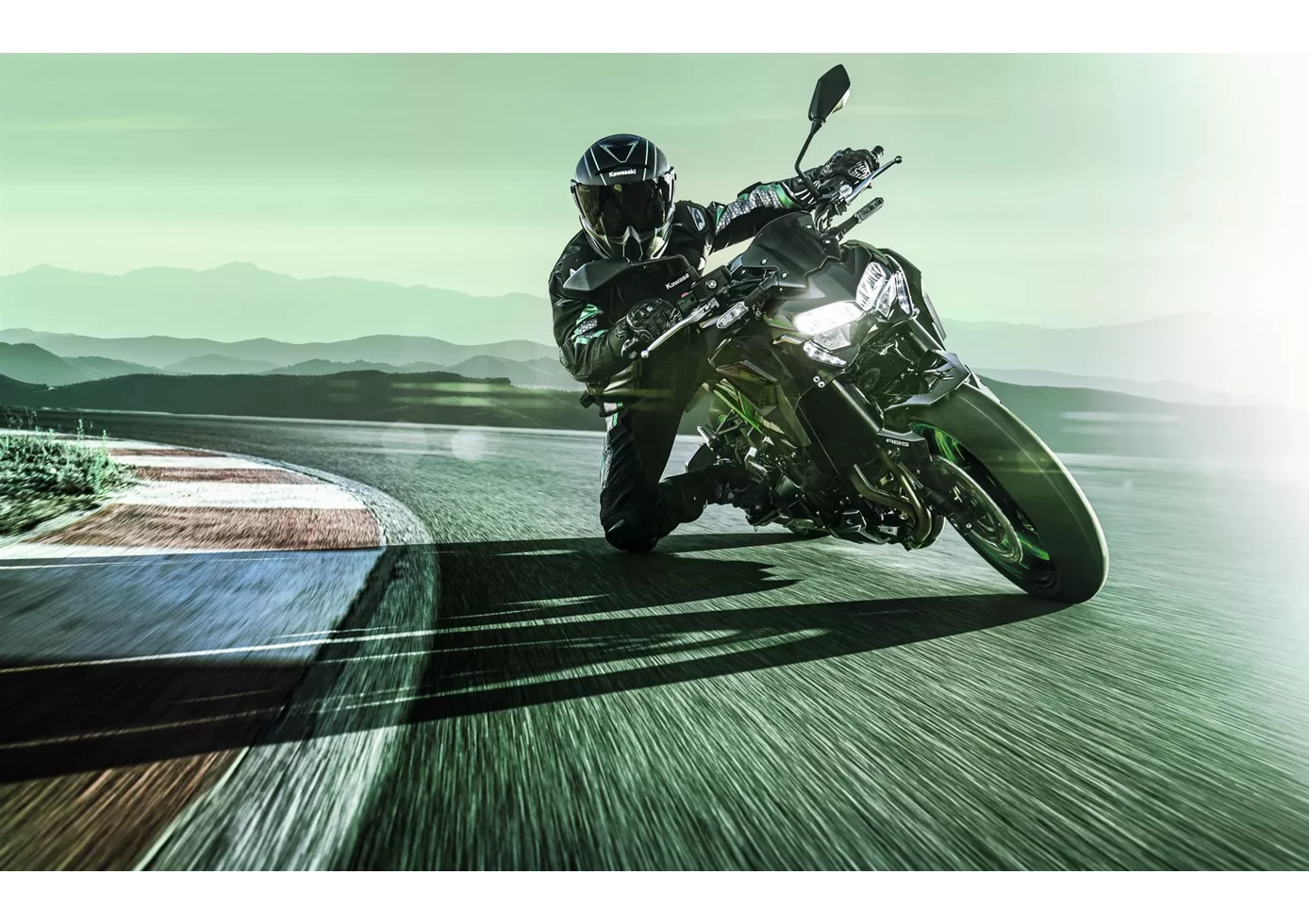
The Kawasaki Z900 may not be up to scratch when it comes to modern, lean angle-dependent electronic features, but it's relatively cheap and you shouldn't underestimate the fan base of the good old inline four - the Z900 is one of the cheapest ways to own such a great engine with just under a litre of displacement in a sporty naked bike! The higher weight is noticeable, but not massively annoying, because the handling and stability are quite alright. In terms of "outdated" electronics, the most annoying thing is the missing shift assistant, which is not even available as an option. Overall, however, the Z900 is a great naked bike with a great price-performance ratio.
Kawasaki Z1000 R 2017

Of course, on paper the Z1000R is inferior to current Powernakeds and in a classic points evaluation it also loses to the simply perfect Z900. BUT it still exudes pure fascination. Not everyone will like it, but some will adore it. A truly masculine man's bike with a very superior engine and a chassis from the golden era of naked bikes. The Z1000R is still a true naked bike from Supersport Gene - with all its advantages and disadvantages.
Price Comparison Avarage Market Price Kawasaki Z900 vs Kawasaki Z1000 R
There are a few key differences between a Kawasaki Z900 2023 and a Kawasaki Z1000 R 2017. In terms of price, the actual average price of a Kawasaki Z1000 R 2017 is about 56% higher. Compared to Kawasaki Z1000 R 2017 there are more Kawasaki Z900 2023 bikes available on the 1000PS.de Marketplace, specifically 187 compared to 4. It takes less time to sell a Kawasaki Z900 with 122 days compared to 173 days for a Kawasaki Z1000 R. Since model year 2017 1000PS.de editors have written 46 reviews for the Kawasaki Z900 and 2 reviews for the Kawasaki Z1000 R since model year 2017. The first review for the Kawasaki Z900 was published on 11/11/2016 and now has more than 93,200 views. This compares to more than 46,400 views for the first review on Kawasaki Z1000 R published on 6/2/2017.
